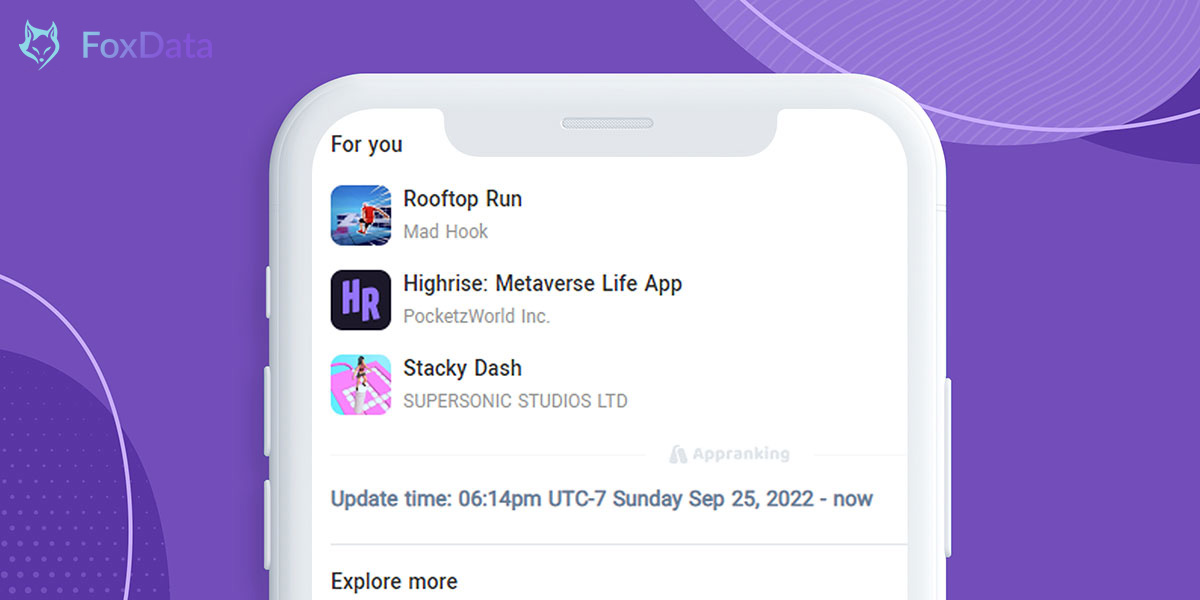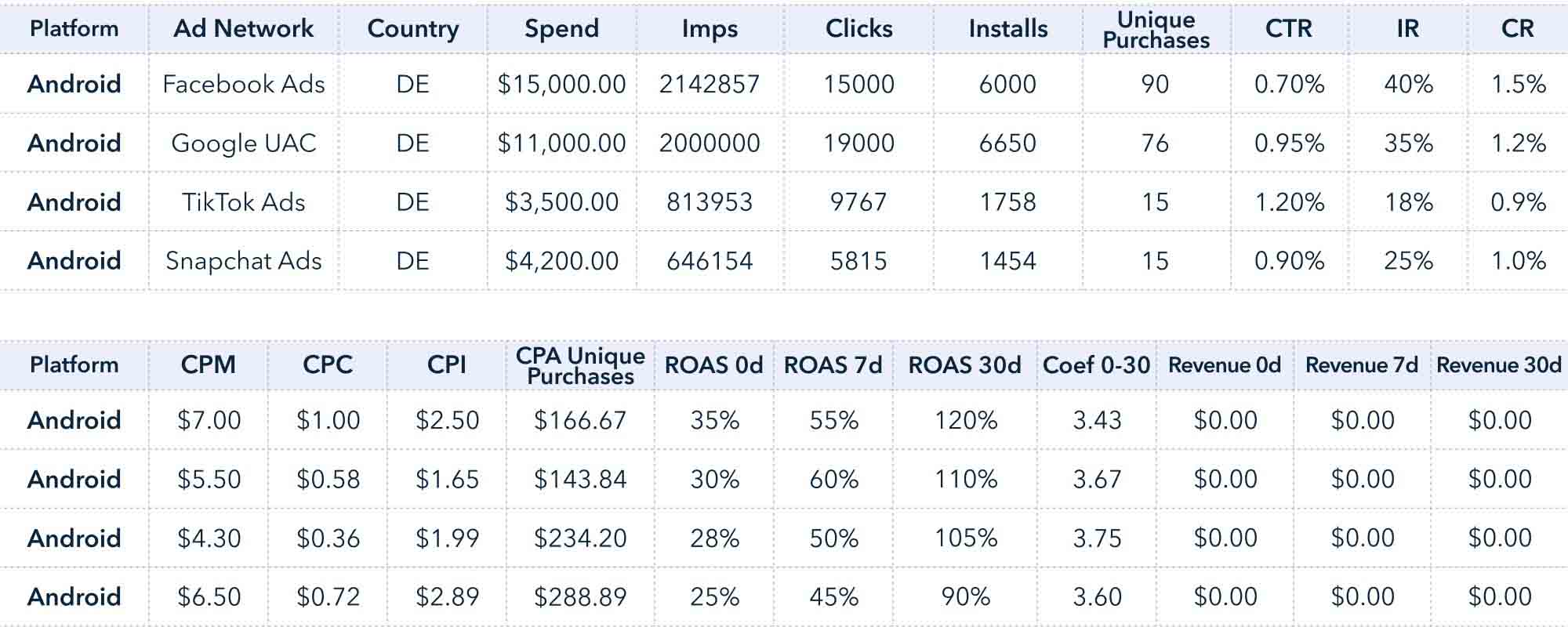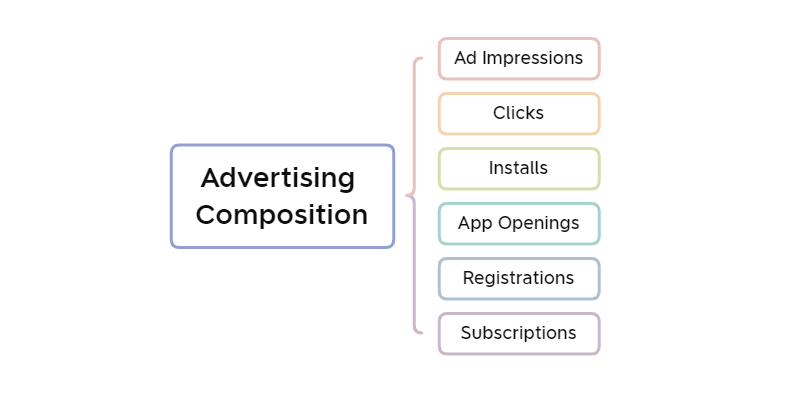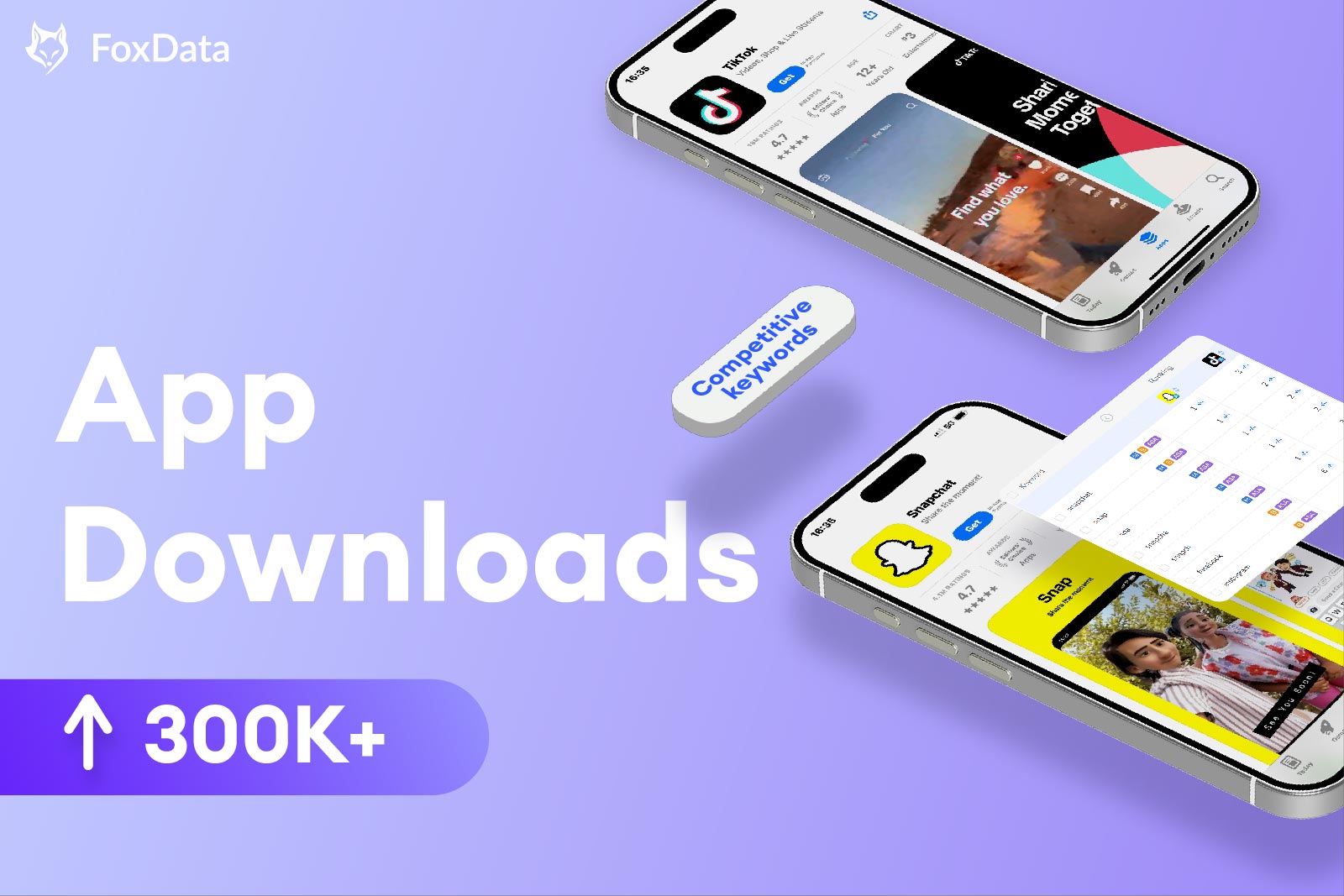How a Marketing Audit Can Enhance App Marketing Performance?

When it comes to marketing apps, we often focus on the AARRRR funnel model, understanding that some users will drop off at each stage of the funnel. However, it's important not to let those users churn without understanding why they're leaving, where they're likely to go, and why others decide to stay. It's crucial to regularly review and audit your marketing campaigns and data to uncover insights and make improvements.
What is a marketing funnel?
A mobile app marketing funnel represents the journey from attracting new users to getting them to take a desired action or recommend the app to others. The following funnel model is commonly used by app marketers:

An app marketing audit helps identify bottlenecks in the funnel and evaluate the strengths and weaknesses of your marketing strategy. It aims to identify areas that need improvement to ensure a smooth conversion through the funnel. The funnel for a hypothetical mobile app might look like this:

The funnel highlights the key aspects of the app's marketing strategy:
-
The app is targeted towards mobile phone users.
-
It's available for Android users.
-
The app generates revenue through in-app purchases.
-
The target country for ads is Germany.
-
The app sources traffic from four channels.
-
The key performance indicator (KPI) is the return on ad spend (ROAS) at day 30.
A deeper analysis of the app's marketing campaigns can reveal important insights. By examining various metrics, you can identify key areas for improvement that can enhance the app's performance:
Click-Through Rate (CTR): Testing different ad creatives and target audiences can increase the CTR.
Install Per Rate and Cost: Similar to CTR, optimizing ad creatives and target audiences can impact install rates and costs.
Average Revenue Per User, Average Revenue Per Paying User, Return On Ad Spend, Conversion Rate, and Cost Per Action: These metrics can be influenced by improving ad creatives, finding new target audiences, and optimizing campaigns. Different creatives may have varying conversion rates and payoffs, so it's important to test and optimize accordingly.
By analyzing campaign settings, you can pinpoint areas to adjust and eliminate funnel bottlenecks. Here are some examples:
-
Although most traffic is directed towards Germany, campaigns may perform better in other countries with higher average revenue per user (ARPU) and purchase conversion rates.
-
There may be variations in payback rates for different ad placements within each traffic source. Grouping placements and analyzing funnel costs can provide valuable insights.
-
Video creatives may receive less traffic compared to static creatives, but static creatives may have lower conversion rates. Adjusting the proportion of video and static creatives can improve overall performance.
-
Wide audiences may yield similar ARPU compared to look-alike (LAL) audiences, but LAL audiences may have higher cost per install (CPI). Testing campaigns with a wider audience can be a cost-effective solution.
The above example demonstrates the importance of conducting a marketing audit for your campaigns. Next, let's explore the parameters you should consider in your audit.
What are the parameters?
Traffic Acquisition Options
Evaluate your user acquisition campaigns in terms of their setup, performance compared to benchmarks, and the viability of your chosen creative approach.
Product Metrics
Product metrics provide insights into effective user acquisition, payback potential, and the most suitable traffic sources. Trackers, such as Amplitude for mobile apps and Google Analytics for web products, can provide valuable data for analysis.
Based on the analysis of traffic acquisition options and product metrics, you can derive the following conclusions:
-
Calculate the extended payback period of your product and provide recommendations for its improvement.
-
Create a scaling plan for your campaigns.
-
Offer actionable steps to address issues with your user acquisition strategy.
What exactly is analyzed?
During the audit process, various elements are analyzed to gain a comprehensive understanding of your marketing performance.
Advertising Composition
The top of the funnel is a crucial aspect to evaluate, including the geographic locations targeted and optimization methods. Key metrics such as CPM, CPC, CTR, install rate (IR), CPI, and IPM should be considered.
Additionally, it's important to thoroughly examine your ad campaign settings, including audience targeting, ad placements, optimization strategies, and bidding strategies. The effectiveness of the ad creatives' messaging and assumptions should also be evaluated in relation to your app.

Tracker
The tracker provides essential product metrics such as ARPU, ARPPU, retention rate, conversion rate, revenue, ROAS, and ROI. It's important to compare tracker events with ad platform events and review attribution settings and integrations to ensure accurate tracking and analysis.
Other things you need to keep in mind
The length of the audit period depends on the extent of your user acquisition efforts. If you have utilized multiple ad channels and conducted large-scale campaigns, the audit may take longer.
Typically, the audit process takes 1-2 business days. This timeframe allows for a comprehensive evaluation of your projects, a thorough examination of ad accounts and trackers, data consolidation from trackers and ad platforms, generation of testing recommendations, identification of issues, and feedback on the creative plan.
The guide above provides app marketers with a framework for actively reviewing and improving their campaigns by identifying and addressing problems in a timely manner.
If you prefer not to handle the audit yourself, you can consider using FoxData, a comprehensive platform that offers a clear and concise dashboard to assess your app's performance. Professional app intelligence is also available to assist with your app promotion efforts.






